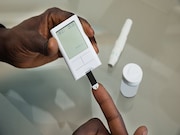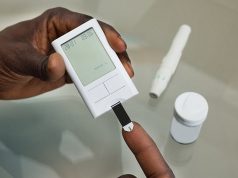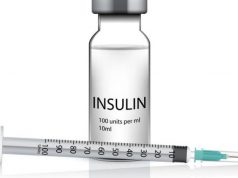Following increase from 1990 to 2007, incidence rates significantly decreased since 2007
WEDNESDAY, May 29, 2019 (HealthDay News) — The prevalence of diagnosed diabetes has plateaued during the last eight years, while the incidence has declined, according to a study published online May 28 in BMJ Open Diabetes Research & Care.
Stephen R. Benoit, M.D., M.P.H., from the U.S. Centers for Disease Control and Prevention in Atlanta, and colleagues calculated the annual prevalence and incidence of diagnosed diabetes (type 1 and type 2 combined) using nationally representative cross-sectional survey data from the National Health Interview Survey from 1980 to 2017.
The researchers observed no significant change in the prevalence of age-adjusted diagnosed diabetes from 1980 to 1990, but a significant increase was seen from 1990 to 2009 to a peak of 8.2 per 100 adults (annual percentage change [APC], 4.4 percent); prevalence plateaued through 2017. From 1980 to 1990, the incidence of age-adjusted diagnosed diabetes did not change significantly, but a significant increase was seen from 1990 to 2007, peaking at 7.8 per 1,000 adults (APC, 4.8 percent); thereafter, a significant decrease occurred, dropping to 6.0 per 1,000 adults in 2017. Non-Hispanic whites appeared to drive the decrease in incidence, with an APC of −5.1 percent after 2008.
“Although an encouraging sign of success, due to the persistence of major risk factors such as obesity and prediabetes, we caution that trends are likely affected by changing awareness, detection, and diagnostic practices,” the authors write.
Copyright © 2019 HealthDay. All rights reserved.








